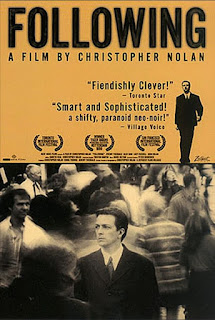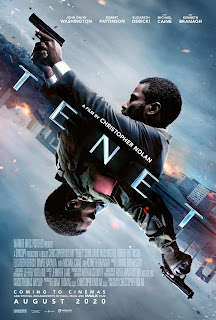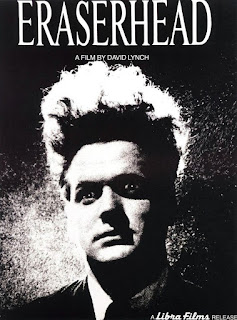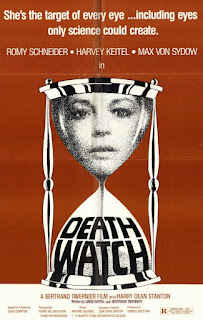Black Sunday (1960)
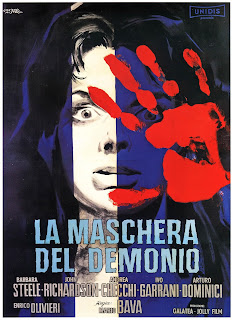
Before Dario Argento, Lucio Fulci and Deodato Ruggiero, there was one undisputed king of Italian horror: Mario Bava. Truthfully, it wasn't hard to be such when he was the only one making such movies for a while. Benito Mussolini, during his time as the country's dictator, had banned the making of horror films, and most post-war Italian directors seemed more interested in either more realistic or artistic cinematic pursuits. Bava himself was born to a father who worked in cinema, so young Mario followed in his footsteps and soon became one of the most in-demand cinematographers in the country. Thus, when he finally got to do his own film, the studio had confidence in him, giving him a larger budget and an extended shooting schedule. Their faith was rewarded as La maschera del demonio , known internationally as Black Sunday , not only made money for Galatea Studios in Italy, but became American International's biggest hit up to that point in the U...

